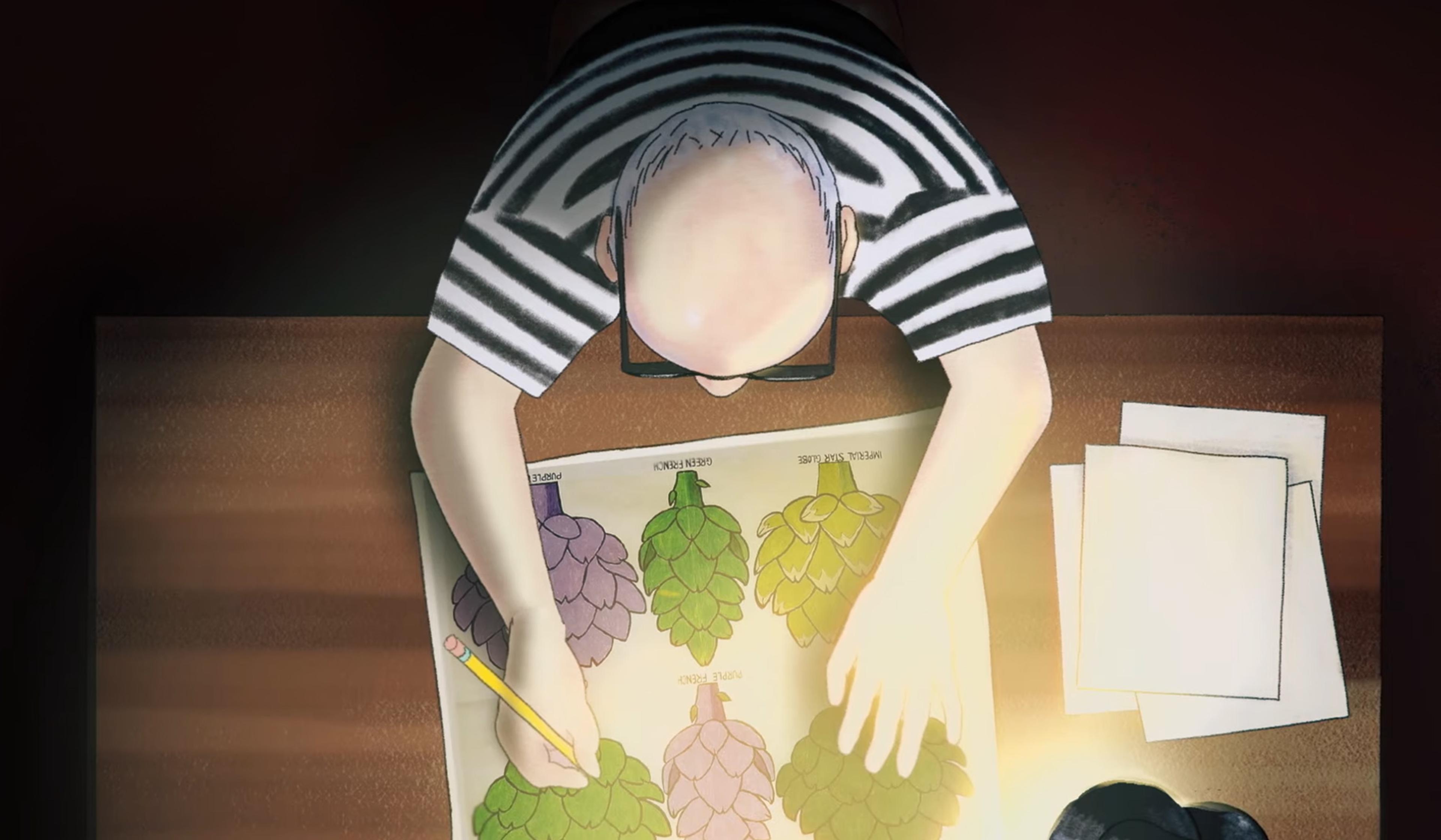In the 1980s, the American artist J S G Boggs (1955-2017), who was then living in London, began drawing his own banknotes and attempting to pay with them. If that sounds more like forgery than artistry, it’s worth mentioning that his drawings, while skilful, were obviously not the real thing, and nor did he try to pass them off as such. Instead, Boggs’s project to blur the boundary between art, money and functionality meant that, if his hand-drawn banknote was accepted, he would later attempt to track it down, buy it back, and display it alongside his change and receipt. In this entertaining account of Boggs’s audacious art experiment, Tom Hockenhull, curator of medals and modern money at the British Museum, details how the work ran afoul of the Bank of England, Scotland Yard and even the British Museum itself, before Boggs forever altered the look of English banknotes.
Is paying with hand-drawn banknotes artistry or forgery? The knotty case of J S G Boggs
Video by the British Museum

videoEconomic history
One banknote per hour of work – Robert Owen’s utopian reboot of money
4 minutes

videoDesign and fashion
From spark of inspiration to final press – how William Blake built a book of poetry
8 minutes

videoArt
What happens when an artist doesn’t give up the day job?
6 minutes

videoArt
How a self-taught autistic artist mines creativity from life’s endless variations
11 minutes

videoFilm and visual culture
Our world has very different contours when a millimetre is blown up to a full screen
8 minutes

videoArt
Why a Jackson Pollock masterpiece became an Australian tabloid sensation
17 minutes

videoDesign and fashion
Liras, drachmas and kroons: coins before the euro tell their own stories
2 minutes

videoArt
An ageing artist’s unguarded thoughts on what it takes to be great – and why he lacks it
12 minutes

videoHistory of technology
Replicating Shakespearean-era printing brings its own dramas and comedy
19 minutes